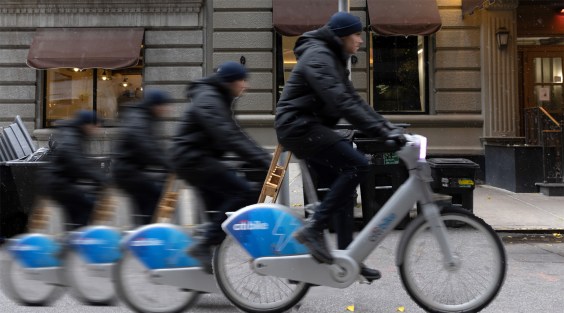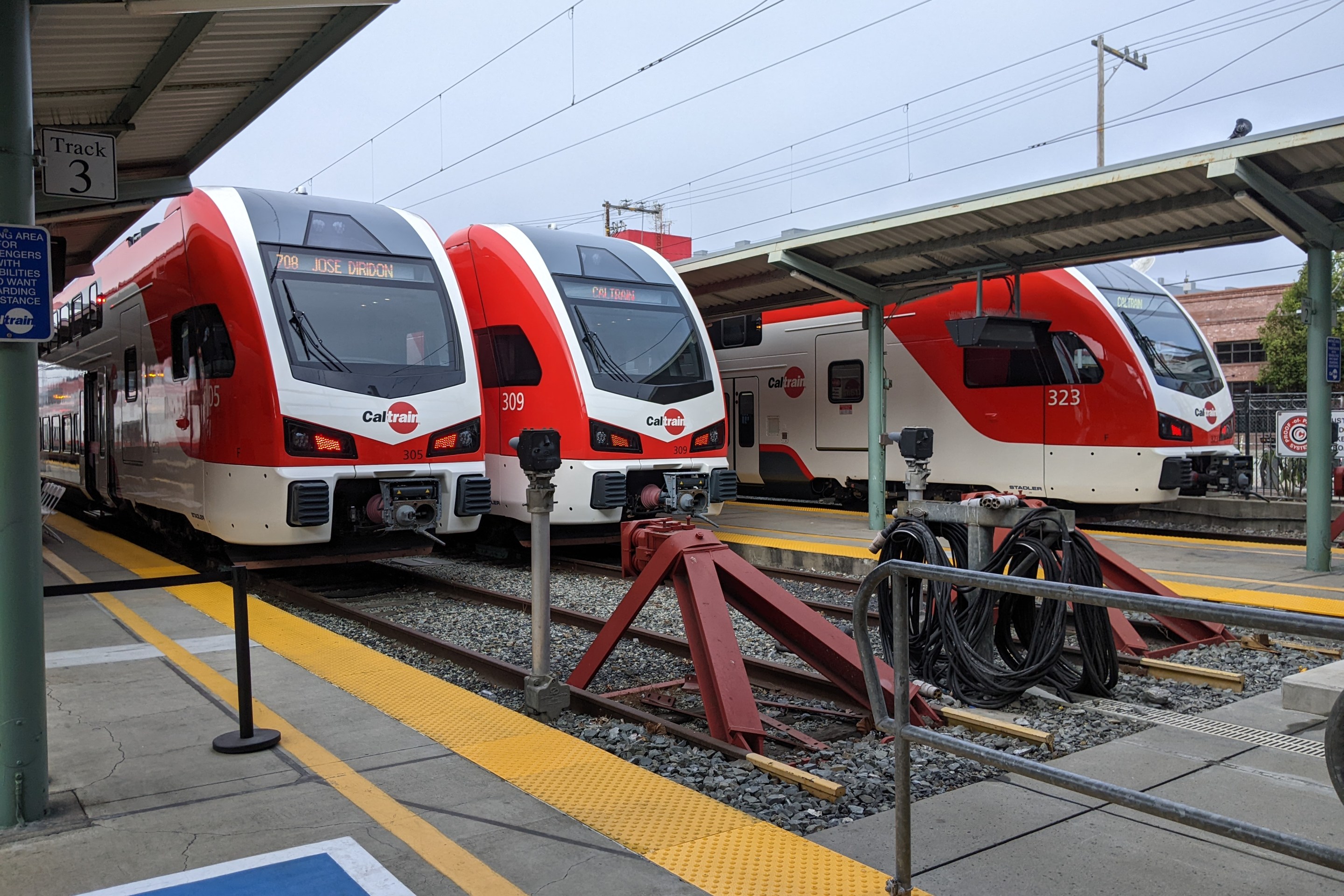The longer a crosswalk, the more time a pedestrian is vulnerable to getting mashed by an errant motorist. That's why New York University Tandon professors Marcel Moran (who is also a Streetsblog contributor) and Debra Laefer conducted a comprehensive analysis of crosswalks in San Francisco that show how dangerous they are compared to two other cities: Irvine, CA and Paris, France.
From the study:
Pedestrians face the greatest risk of automobile collisions when crossing a street: the longer a crossing, the higher their exposure is to oncoming cars. Despite the relevance of crossing distance, few studies have considered its variance within or across entire cities. Given that, we probed pedestrian crossing distance at the municipal scale, leveraging both OpenStreetMap and satellite imagery to quantify crossing distances at roughly 49,000 formal crossings (those parts of the roadway designated for pedestrians to cross), both marked and unmarked, at intersections and at midblock. The methodological approach developed here can aid planners and researchers in identifying intra-city spatial patterns in crossing distance and, consequently, siting traffic-calming measures to improve safety and increase walkability.
Their study shows SF's crosswalks average 43 feet, with 4.4 percent at 70 feet or longer. Crossings over 50 to 60 feet start to show a higher concentration of pedestrian collisions, according to Moran. Crossings where collisions occurred were 23 percent longer than the average crossing distance
By way of comparison, Paris comes in at 26 feet and Irvine at 58 feet.
"The distance a pedestrian has to cross plays a large role both in their safety, and in the decision to walk in the first place," wrote Moran in an email to Streetsblog. "By measuring the distance of every pedestrian crossing throughout San Francisco, we identify fine-grain spatial patterns in pedestrian walkability and safety."
The maps, say the study authors, can pinpoint where further traffic calming investments can be made, bringing San Francisco closer to its goal of eliminating traffic deaths. "We are all pedestrians," added Moran. "These data help show us the way to a safer, more-walkable San Francisco."
Be sure to check out the study and its analysis of crosswalk data.






